By Jessie de la Cruz, Archivist, and Emily Kosakowski, Registrar
The Clyfford Still Museum Archives photographic collection provides original pictorial research for the study of Clyfford Still and 20th century art.
Included in the collection are exhibition photographs that document Still’s exhibits from 1943–1980. The strength of these photographs lies in the photographic reproduction of a particular space and time within art history. These photos are more than just a depiction of Still’s art they also serve as an historical record, depicting exhibition design and collections care practices.
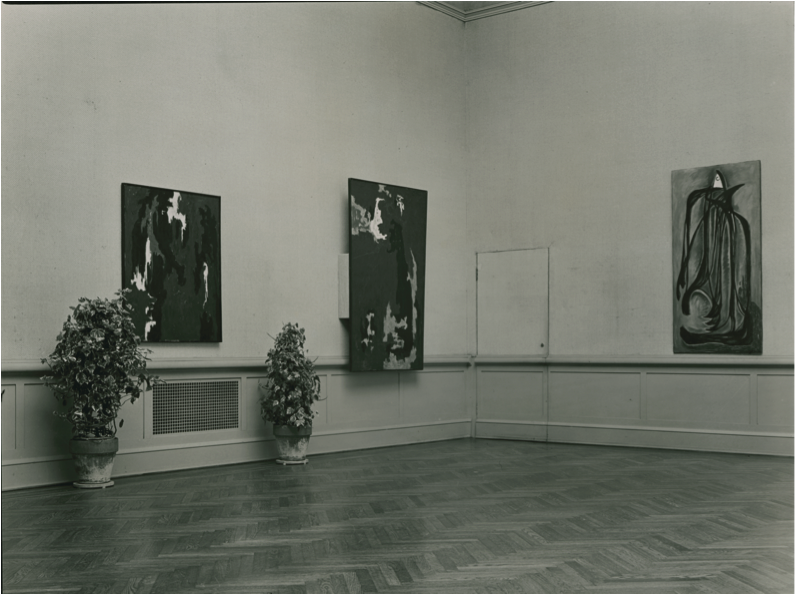
Courtesy Clyfford Still Museum Archives © City and County of Denver
During the processing of these photos a couple of visual themes emerged relating to exhibition trends of the time. One such recurring tendency is the placement of houseplants and decorative furniture within an exhibition. You can still typically find seating in museum galleries, but plants are not allowed in most spaces because of the risk of pests (insects, etc). It surprised us to see so many instances of this in the installation photographs.
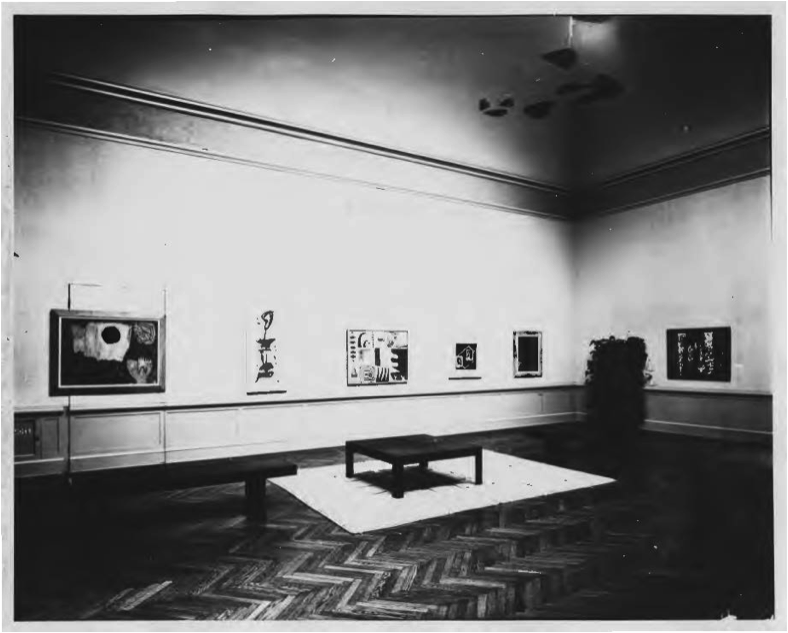
Courtesy Clyfford Still Museum Archives © City and County of Denver
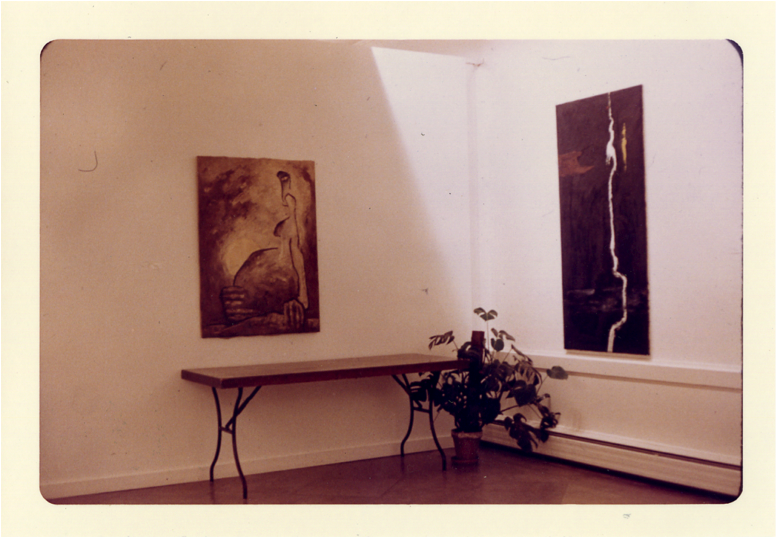
Courtesy Clyfford Still Museum Archives © City and County of Denver
Other photographs illustrate how much has changed in collections care practices over the last century. Many of these images depict paintings hanging over heat vents, chair rails, or in poor lighting conditions. In most of these instances these paintings were installed in galleries that were not designed to display the large canvases associated with the abstract expressionist period. We have also found examples of display spaces that were clearly not originally built to exhibit artworks.
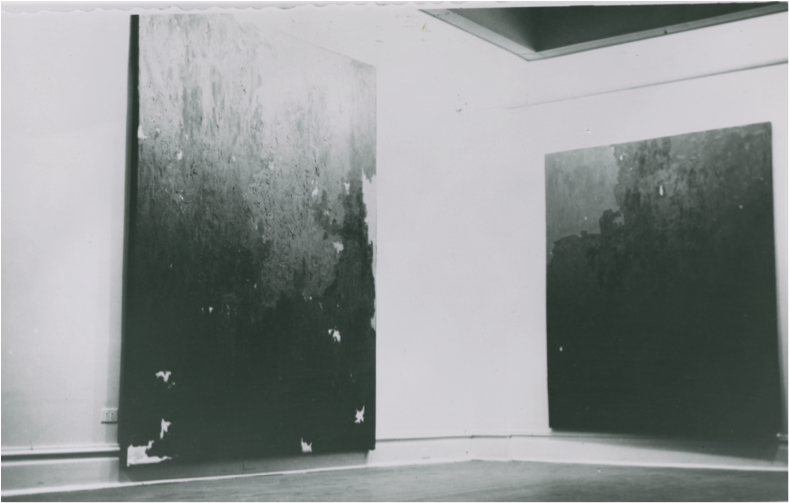
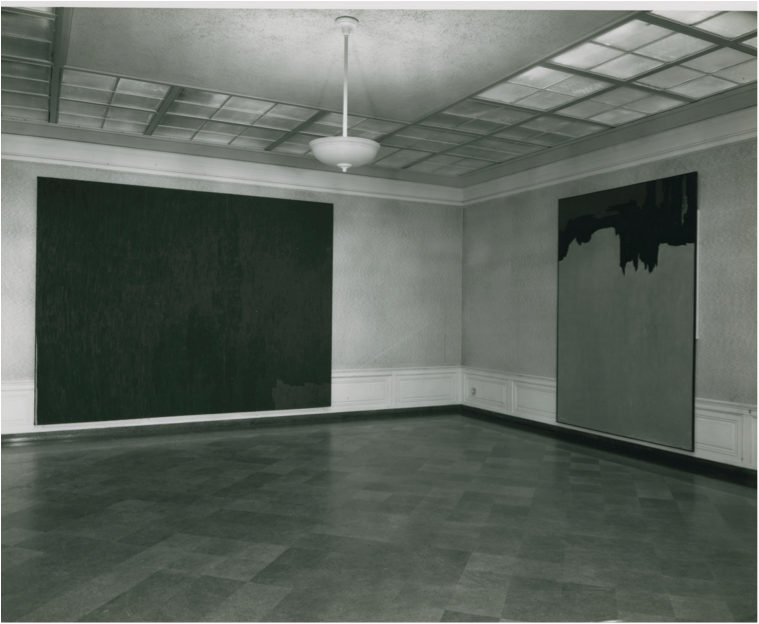

Today most museums follow guidelines established by organizations such as the American Alliance of Museums, which was founded in the 1970s. Museums now adhere to national and international standards for light levels, security, temperature and humidity levels, food and drink prohibitions, to name a few. These standards are created and supported by Archivists, Collections Managers, Registrars, Conservators as well as the rest of the museum staff. All of these advances in the museum field serve to preserve and protect the objects and artworks for all to enjoy for many years to come.
Here at the Clyfford Still Museum, we are so fortunate to not only have a state-of-the-art building that has been designed with all of these standards in mind, but also to have a space that was built specifically to showcase the works of Still as they are meant to be displayed.
